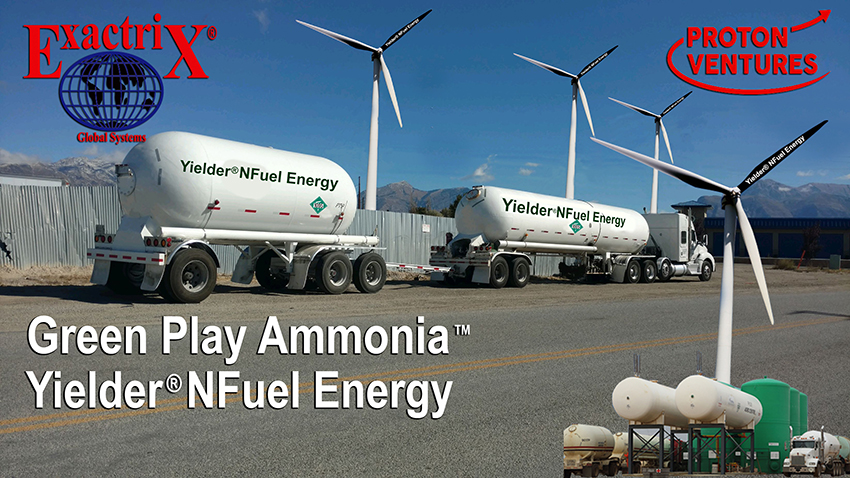|
Return To Main Page
Mimicking natural hydrogen |
'Geologic H2 can be artificially US senators told that Bill Gates-backed start-up is already ‘doing it today in our lab’ It is technically possible to artificially produce geologic hydrogen underground by stimulating iron-rich rock, mimicking one of the processes in which natural H2 is formed, the CEO of a Bill Gates-backed start-up told US senators on Wednesday. Pete Johnson, the boss of US natural-hydrogen company Koloma, told the Senate Committee on Energy & Natural Resources that his research team had already proved that it could be done. “This works,” he said. “We’re doing it today in our lab.” But Johnson was clear that process of artificially stimulating iron ore to produce hydrogen might not be commercially viable. “The big question is: Can you produce enough gas quickly enough out of a well for the economics to work? The science of it is real. It’ll probably take five to seven years for us to really know if that works.” At the start of this month, Koloma was awarded $900,000 from the Department of Energy’s Advanced Research Projects Agency – Energy (ARPA-E) to explore ways to produce “geologic hydrogen through stimulated mineralogical processes” — one of 11 recipients to receive grants of up to $1.7m for research into this matter*. Johnson did admit, however, that “we’re pretty far away from conceptualising what that [stimulated] system would look like”. ARPA-E director Dr Evelyn Wang told the hearing on natural hydrogen that the underground rock stimulation could be as simple as “introducing high-pressure steam into the subsurface with these iron-rich rocks”, which she later confirmed could include commercial iron ore. “There’s exploration to be done in terms of the research to understand what kinds of rocks will actually produce at the rates that we want — high rates of production of hydrogen from that chemical reaction [known as serpentinisation, see panel below] that occurs with these types of iron-rich rock formations,” she said. “And that could be an avenue for us to pursue moving forward, in addition to the natural hydrogen that is potentially all around the world.” Wang had previously told the hearing in her opening statement: “While simply extracting the current supply of naturally accumulating hydrogen, in and of itself, can enhance the US energy economy, ARPA-E is committing research support to explore a potentially disruptive step in the process. “Through understanding how we can artificially stimulate these deposits, there is a theoretical potential to produce enough clean hydrogen to impact US energy demand.” She explained that ARPA-E had handed out almost $14m of grants in early February to identify the technologies that could perform this artificial production of geologic hydrogen and develop “an understanding of controlling these hydrogen-producing geochemical reactions”. Wang also pointed that a further $7.2m had also been handed out by ARPA-E in early February for “technologies relevant to the management and extraction of hydrogen from geologic reservoirs, this includes how we can contain and transport this source of energy from the Earth’s subsurface, and mitigate risks associated with these efforts”. To read Hydrogen Insight’s separate article about what the committee heard about natural hydrogen, click here.
There are six known ways in which hydrogen is
produced naturally:
KEY NATURAL HYDROGEN PRODUCTION PROCESSES, ENVIRONMENTS AND LOCATION Serpentinisation In which the mineral olivine located in mid-ocean ridges or ophiolites (a geological formation where sections of the Earth’s mantle rise above sea level) is weathered to form hydrogen-rich fluids. This has been seen in the Semail ophiolite, in the Hajar Mountains of Oman. Under pressure and high temperatures, water can react with these iron-rich rocks to produce H2. Radiolysis of water Radioactive elements in the Earth’s crust — for example in crystalline basement rocks with high content of uranium, thorium or potassium — decompose water molecules trapped in causing a hydrogen pocket, as happened in South Australia. Deep degassing In which “primary” hydrogen (a single hydrogen atom attached to a single carbon atom) escapes from deep within the Earth’s crust. This has been seen in Nebraska, in the US. Iron reduction and sulphur oxidation Ferric iron in a black smoker (a subsea hydrothermal vent formed from iron sulphide deposits) is reduced to ferrous iron and hydrogen sulphides. Thermal decomposition of organic matter In which ammonium compounds located in deep sendiments decompose under high temperatures to form hydrogen and nitrogen, for example in hydrogen-nitrogen gas seeps in Oman. Biological activity Hydrogen is produced by microbes living in the Earth’s crusts, usually co-existing with hydrogen-consuming microbes and found via sediment or aquifers. This has been observed in the coal beds of the Powder River Basin in Montana, US.
Source: Rystad Energy
*Only ten projects are listed by the DOE on this link, but an 11th project — at the University of Texas at Austin — had previously been awarded $1.7m as part of the same programme. This article was updated on 6 March to include the University of Texas grant.
Green Play Ammonia™, Yielder® NFuel Energy. |
